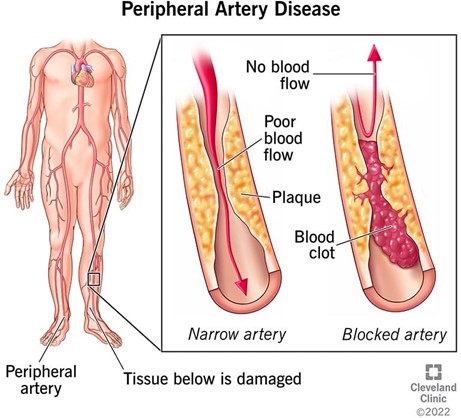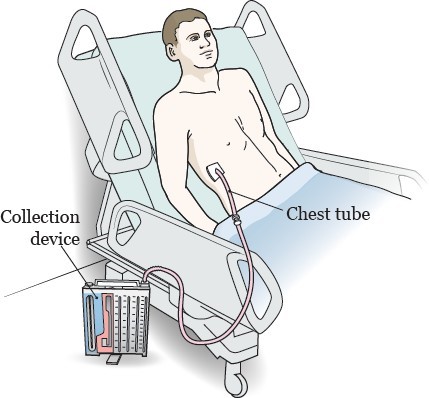A nurse is providing instructions about foot care for a client who has peripheral arterial disease.
The nurse should identify which of the following statements by the client indicates an understanding of the teaching.
"I rest in my recliner with my feet elevated for about an hour every afternoon.".
"l apply a lubricating lotion to the cracked areas on the soles of my feet every morning.".
"I soak my feet in hot water before trimming my toenails.".
"I use my heating pad on a low setting to keep my feet warm.".
The Correct Answer is B
The correct answer is: b. “I apply a lubricating lotion to the cracked areas on the soles of my feet every morning.”
Choice A reason: Elevating the feet for long periods is not generally recommended for clients with Peripheral Arterial Disease (PAD). This is because elevation can decrease arterial blood flow to the feet, which is already compromised in PAD. The goal is to promote blood flow to the extremities, and elevation might work against this, especially if done for extended periods.
Choice B reason: Applying a lubricating lotion to the feet, particularly on the soles where the skin can become very dry and cracked, is beneficial for someone with PAD. It helps to maintain skin integrity and prevent skin breakdown, which can lead to serious complications due to the reduced blood flow and healing capacity in PAD.
Choice C reason: Soaking the feet in hot water is not advisable for individuals with PAD. They may have reduced sensation in their feet due to poor circulation, which increases the risk of burns from hot water. Additionally, prolonged soaking can lead to maceration of the skin, making it more susceptible to injury and infection.
Choice D reason: Using a heating pad, even on a low setting, to keep the feet warm is risky for clients with PAD. Due to decreased sensation from poor circulation, there is a danger of burns because the client may not feel how hot the heating pad is. It’s better to wear warm socks or use room temperature control to keep the feet warm.

Nursing Test Bank
Naxlex Comprehensive Predictor Exams
Related Questions
Correct Answer is C
Explanation

The fluctuation of fluid in the water-seal chamber of a chest tube is known as tidaling and is caused by the changes in pressure within the chest during respiration.
Choice A is not correct because tidaling does not indicate an air leak.
Choice B is not correct because tidaling does not necessarily mean that the lung is fully re-expanded.
Choice D is not correct because suction pressure does not cause tidaling.
Correct Answer is B
Explanation
The nurse should consult the client before approaching the dog.
Service dogs are working animals and it is important to respect their role and the handler’s wishes.
Choice A is wrong because petting the dog briefly to demonstrate acceptance could distract the dog from its duties.
Choice C is wrong because offering the dog a bowl of water without consulting the client first could interfere with the dog’s training or schedule.
Choice D is wrong because commanding the dog to sit while talking with the client could confuse the dog and disrupt its training.
Whether you are a student looking to ace your exams or a practicing nurse seeking to enhance your expertise , our nursing education contents will empower you with the confidence and competence to make a difference in the lives of patients and become a respected leader in the healthcare field.
Visit Naxlex, invest in your future and unlock endless possibilities with our unparalleled nursing education contents today
Report Wrong Answer on the Current Question
Do you disagree with the answer? If yes, what is your expected answer? Explain.
Kindly be descriptive with the issue you are facing.
